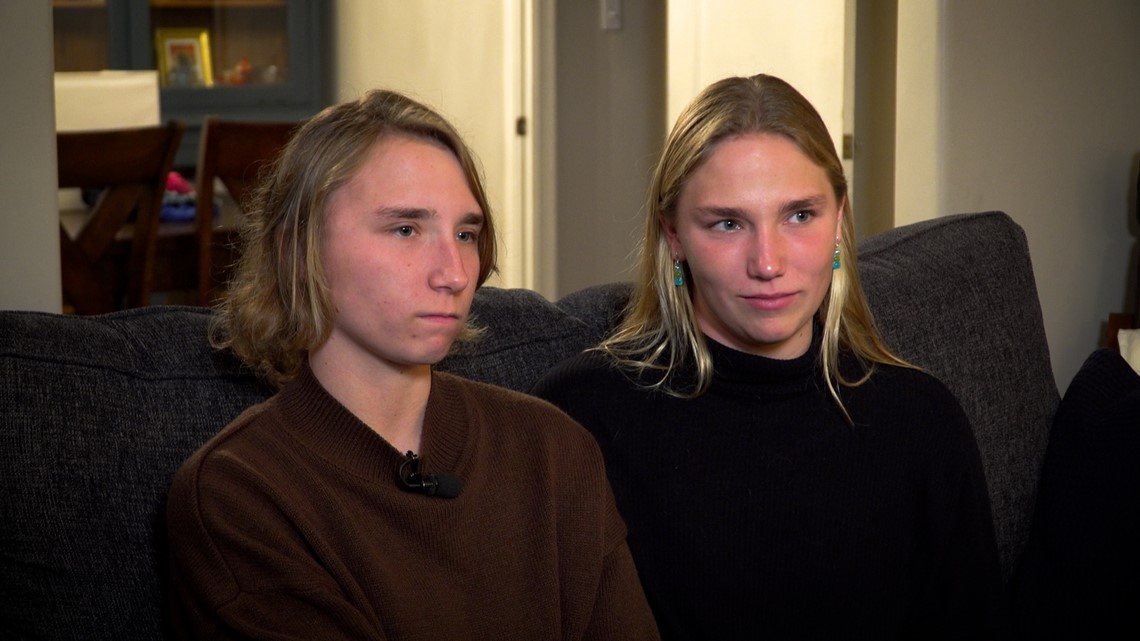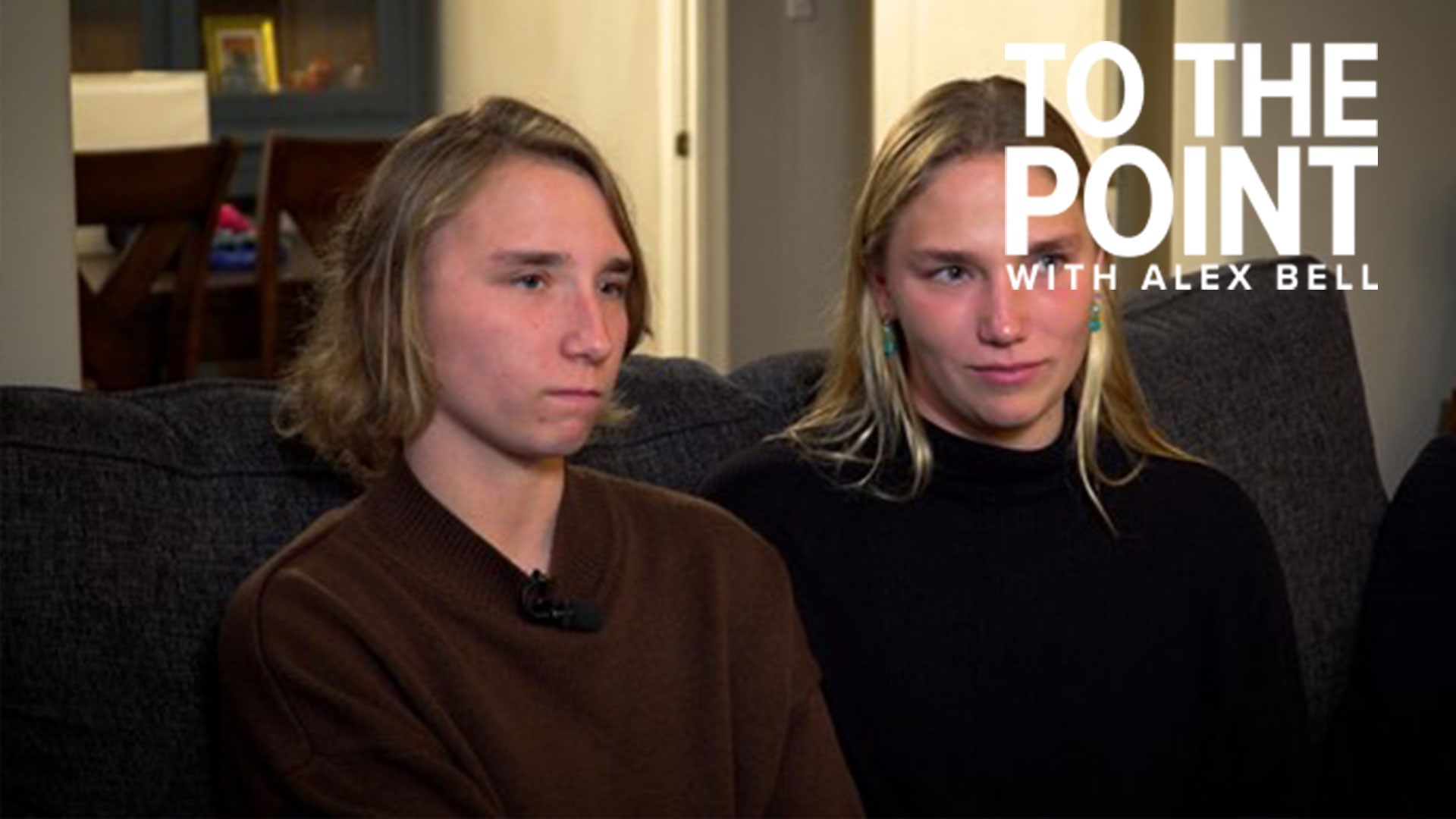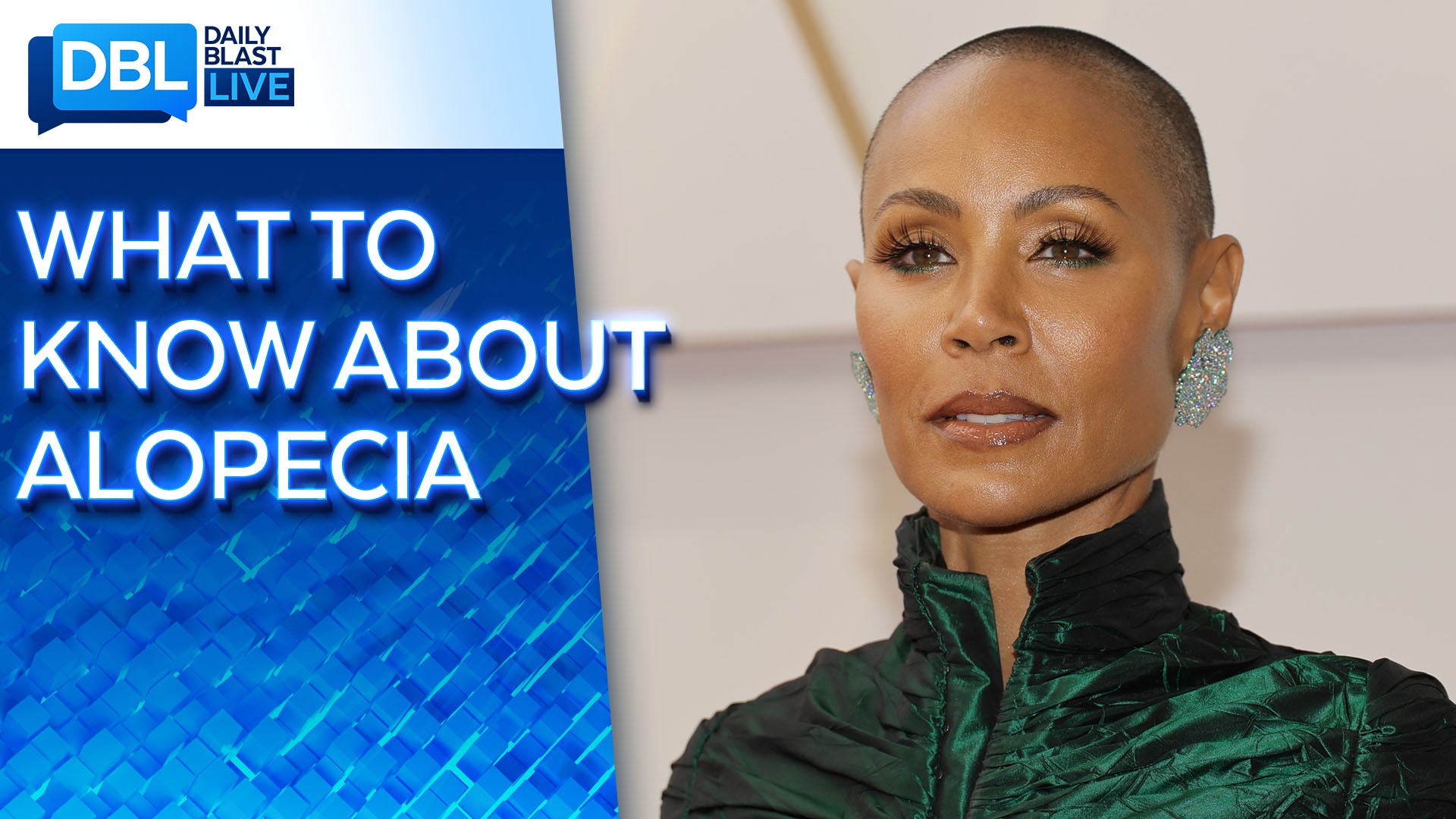SACRAMENTO, Calif. — It’s been nearly a year since alopecia took center stage at last year’s Academy Awards. It came to the forefront when actor Will Smith slapped Chris Rock after the comedian made a joke about Smith’s wife, Jada Pinkett-Smith, who has the condition.
"Jada, I love ya, GI Jane 2, can't wait to see it, alright," Rock said on the stage that night.
Rock’s joke sparked criticism and conversations around the world and questions about what alopecia is.
Over the past few weeks, ABC10's Lora Painter met a lot of incredible local people. They include a hairstylist who customizes wigs for clients with alopecia, a doctor who explains the different kinds of alopecia, a woman who started losing her hair after a family tragedy, and a Sacramento Family — a mom and dad with a son and two teenage twin daughters — one of whom developed Alopecia at nine years old.
Voices living with alopecia
“I just love the challenge to make the boat go faster, have a better day than you did the day before, and to just work together with the other people in the boat,” said 16-year-old Maya Nordberg, who rows more than 17 hours a week.
In addition to rowing, the busy high school sophomore is already studying to be a veterinarian, training with professionals at the Bradshaw Animal Shelter.
"I don't think if I hadn't had alopecia, like if I'd never gotten alopecia, I'd be different than the way I was," she said.
Maya's father Mark Nordberg says it first presented itself in October of 2016, when Maya was in fourth grade.
“I was the one who first realized more spots," said Lucy Nordberg. "We were at school when I first realized... and I noticed (it) and I don't want to point anything out because I mean, we were at school as a public setting."
Lucy added it was a shock.


What is alopecia
Maya isn’t alone. She is one of nearly 7 million people in the U.S. who are affected by alopecia areata.
“Alopecia is a medical term that means bald," said Kory Parsi, a dermatologist with Kaiser Permanente South Sacramento. "There are lots of different forms of alopecia. One of the more common ones that a lot of people have seen is alopecia areata, which is a form of immune alopecia. The body is actually attacking the hair follicles causing the hairs to fall out.”
Dr. Parsi didn’t treat Maya, but he works with families like the Nordbergs to whom alopecia can be a surprise.
“For the autoimmune type of alopecia with alopecia areata, it can affect any age," said Parsi. "We see kids with it, we see young adults, people in older ages, and it also can affect any ethnicity."
Parsi adds that in general, there's about a 2% chance that someone could develop that autoimmune form of alopecia during their lifetime.
“It's not a life-threatening illness. It is a life-changing illness," said Alysia Nordberg. "You can have hair on Sunday, and it can start to fall out on Monday, and there's no predicting when that's going to happen.”
Conflicts, standards of beauty
That’s the situation sales professional Leslie Turville found herself in later in life. For most of her life, Leslie had a head full of hair.
“I'm half Italian, and I had phenomenal hair," said Turville.
But things changed following a visit to the hairdresser.
"My hairdresser found a size, about the size of a quarter, in the back of my head (with) no hair at all," she said. "And it's like all of a sudden, hey, Houston, we've got a problem back here."
Turville says she would have injections and her hair would come back, and she wasn't terribly concerned.
"Then come 2007, February, my husband’s son committed suicide," she said. "March, I was in excruciating pain, I needed neck surgery. The doctor feels between the suicide and the physical trauma that I was going through and the pain in my neck that my immune system kind of went into overdrive...in that time in three months, I was completely bald."
After discovering she had developed alopecia in her 50s, Leslie turned to wigs to help her cope in public settings, at work, and when meeting new people.
“I tried the no-wig thing and then the no-wig thing kind of led to I didn't want people thinking I was sick," she said. "I'd rather just blend in.”
Leslie says she tends to go wigless and hatless whenever she can in the comfort of friends and family.
“I don’t like to stand out,” she said.
In fact, one of Leslie’s wigs is made of real human hair and cut and colored by Sacramento-based hairstylist Susan Stewart.
"I feel like they finally feel like themselves again," said Stewart.
"Up to a third of people with it feel like they almost lose part of their identity," said Parsi. "And so you can imagine the toll that takes on your emotional and mental health."
But full wigs can cost thousands of dollars and aren’t always easy to find.
Not only are they an investment in time and money for people with alopecia who choose to have them, but they also require trust and skill in the stylist handling them.
"The fact that they allowed me to be in this part of their world, I think is it's very trusting, and so I will do anything I can to make sure they feel comfortable and happy and when they are satisfied it," said Stewart. "It makes my day."
Resources and support
Thanks in part to group outings with other kids and their families, the Nordbergs are finding support.
One camp, in particular, marked a turning point.
"It was helpful to me because I got to hear other people's stories on how, how it affected them and how they dealt with it," said Maya.
For more information, resources and support:


















